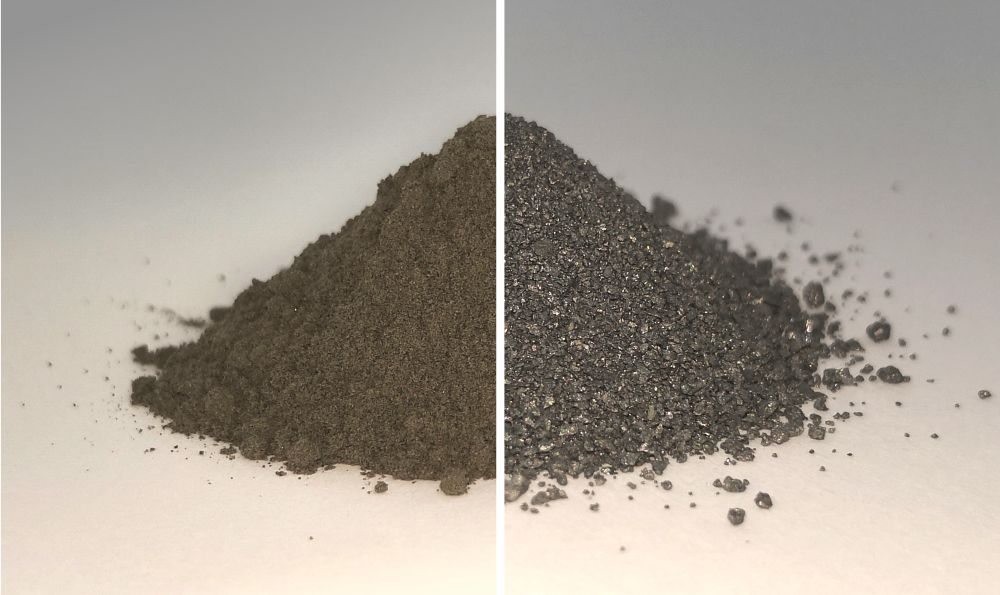There is no doubt that our world is in the midst of a climate crisis. Between increasing levels of carbon dioxide in our atmosphere, rising temperatures and sea levels, ocean acidification, species extinctions, waste production, diminishing supplies of fresh water, drought, severe weather, and all of the resulting fallout, the “Anthropocene” is not shaping up too well.
It is little wonder then why luminaries like Stephen Hawking, Buzz Aldrin, and Elon Musk believe that we must look off-world to ensure our survival. However, there are those who caution that in so doing, humans will simply shift our burdens onto new locations. Addressing this possibility, two distinguished researchers recently published a paper where they suggest that we should set aside “wilderness” spaces” in our Solar System today.
Continue reading “Most of the Solar System Should be a Protected Wilderness. One-Eighth Left for Mining and Resource Exploitation”


